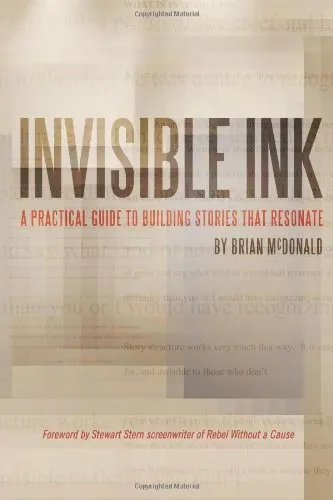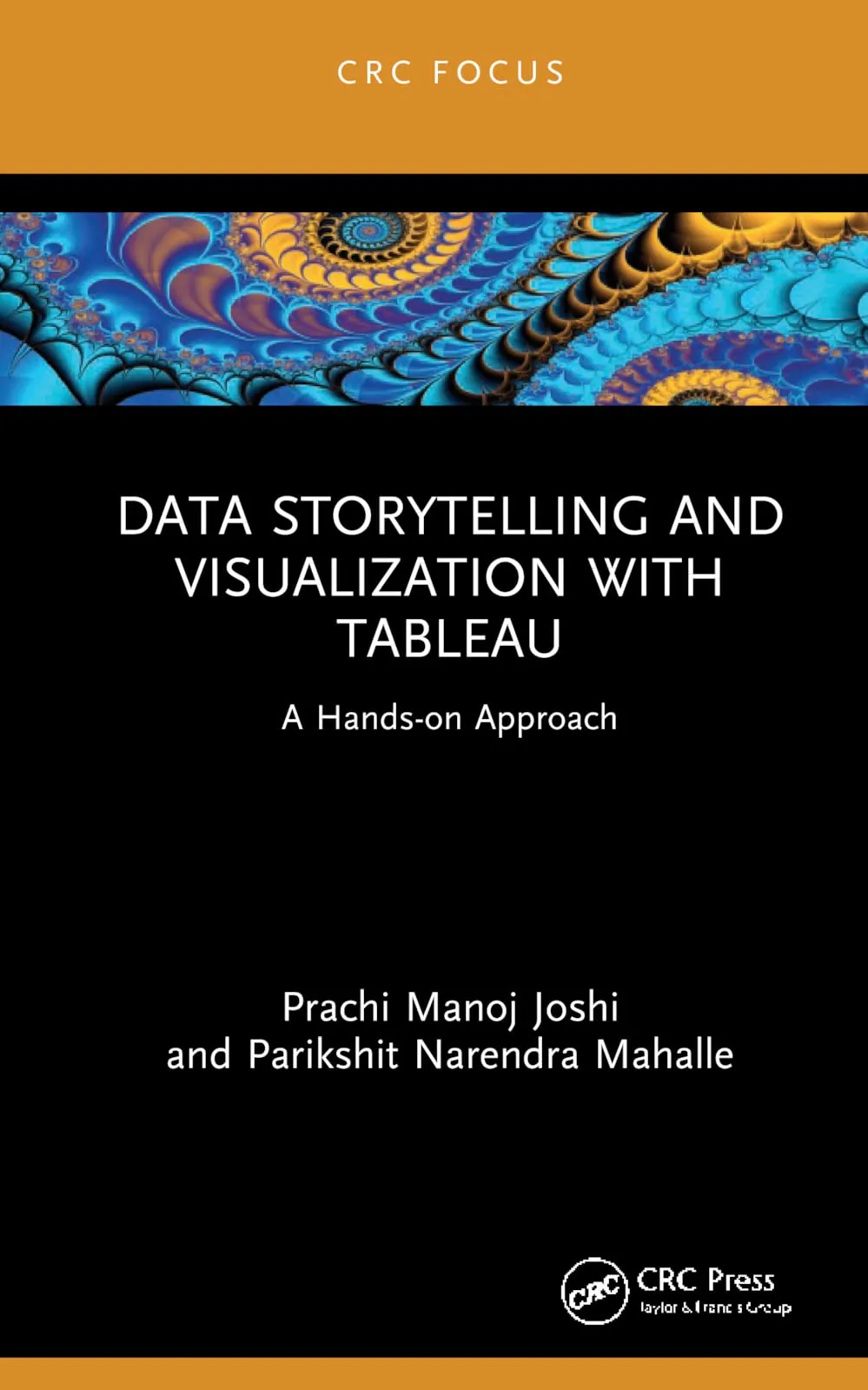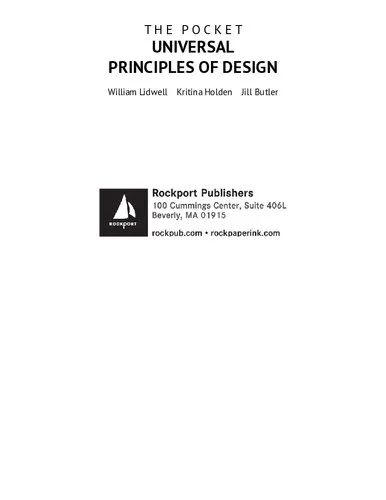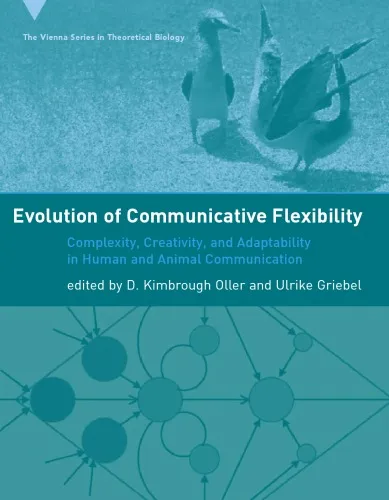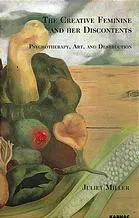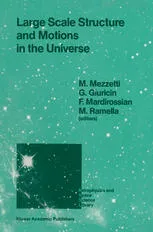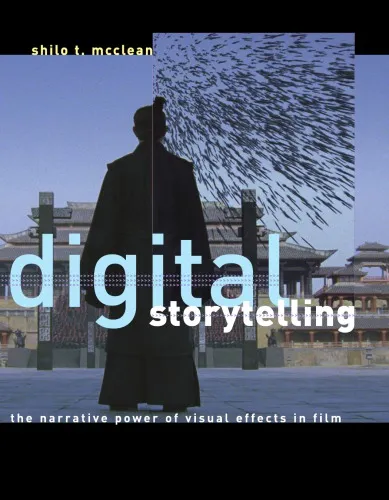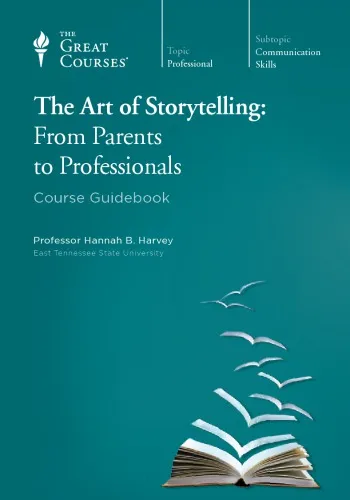Invisible Ink: A Practical Guide to Building Stories that Resonate
5.0
Reviews from our users

You Can Ask your questions from this book's AI after Login
Each download or ask from book AI costs 2 points. To earn more free points, please visit the Points Guide Page and complete some valuable actions.Related Refrences:
Introduction to "Invisible Ink: A Practical Guide to Building Stories that Resonate"
Stories are at the heart of human experience. They shape our understanding of the world, connect us to one another, and help us make sense of our own lives. In "Invisible Ink: A Practical Guide to Building Stories that Resonate," Brian McDonald deconstructs the art of storytelling, showing writers, filmmakers, and storytellers of all kinds how to craft narratives that are both memorable and deeply meaningful.
By focusing less on surface-level details and more on the "invisible" principles that make stories work, McDonald provides readers with an accessible and practical guide. Rather than focusing solely on industry jargon or technical theory, "Invisible Ink" dives into the timeless, universal elements of story structure that resonate with audiences. Whether you're developing a screenplay, penning a novel, or refining a business story, the lessons in this book are invaluable.
Detailed Summary of the Book
"Invisible Ink" is built around the concept that the best parts of a story often go unseen. Just as an iceberg appears smaller than it truly is, with most of its mass hidden underwater, great storytelling relies on foundational elements—principles that remain invisible to the audience but profoundly shape how they experience the story.
McDonald introduces readers to core storytelling elements, such as the armature, which he describes as the essential spine or theme of a story. The book stresses how vital it is to maintain consistency with this central idea to ensure every scene and line of dialogue reinforces the intended message. With rich examples taken from classic films, novels, and even personal anecdotes, McDonald illustrates how and why these hidden structures hold stories together.
Beyond structure, "Invisible Ink" delves into the emotional impact of storytelling. It emphasizes empathy as the connective tissue between the audience and the characters, shedding light on why certain stories leave lasting impressions while others fall flat. By analyzing works as varied as "The Godfather" and "A Christmas Carol," McDonald shows how timeless narratives have wielded invisible storytelling principles to achieve resonance and universality.
Key Takeaways
- The armature of a story—its theme or moral—is its backbone, holding the entire narrative together.
- Great storytelling relies on empathy; audiences connect to characters and stories through shared emotions.
- Consistency is key: every story element must serve and reinforce its overarching message.
- Much like "invisible ink" on a page, the structural principles of great storytelling often go unnoticed by audiences but are indispensable to the narrative.
- Revisions and simplicity are critical—remove unnecessary details and focus only on what truly matters to the story.
Famous Quotes from the Book
"A story is not about the plot; it’s about how the plot affects the hero."
"Invisible ink is what real storytellers use to make their stories soar. It is the stuff that is not immediately obvious but is essential in making a tale stick in the hearts and minds of an audience."
"Every story is about someone solving a problem or being unable to solve it."
Why This Book Matters
In today's world, stories are more important than ever. Whether in entertainment, marketing, or everyday communication, the ability to tell a story that resonates gives people a unique advantage in connecting with others. "Invisible Ink" is not just a book for professional writers or filmmakers; it offers valuable lessons for anyone wanting to truly impact their audience.
Brian McDonald’s wisdom is steeped in practical experience and a deep understanding of classic storytelling traditions. His insights address common pitfalls, such as relying too heavily on spectacle or prioritizing cleverness over substance. The book encourages storytellers to move beyond surface-level tricks and dig deeper into universal truths that allow their narratives to withstand the test of time.
With accessible language, engaging examples, and timeless advice, "Invisible Ink" bridges the gap between storytelling as an art and a science. It teaches us how to honor the unspoken parts of the craft, making it a must-read for anyone eager to tell better stories—stories that not only entertain but truly resonate.
Free Direct Download
You Can Download this book after Login
Accessing books through legal platforms and public libraries not only supports the rights of authors and publishers but also contributes to the sustainability of reading culture. Before downloading, please take a moment to consider these options.
Find this book on other platforms:
WorldCat helps you find books in libraries worldwide.
See ratings, reviews, and discussions on Goodreads.
Find and buy rare or used books on AbeBooks.
1424
بازدید5.0
امتیاز0
نظر98%
رضایتReviews:
5.0
Based on 0 users review
Questions & Answers
Ask questions about this book or help others by answering
No questions yet. Be the first to ask!
